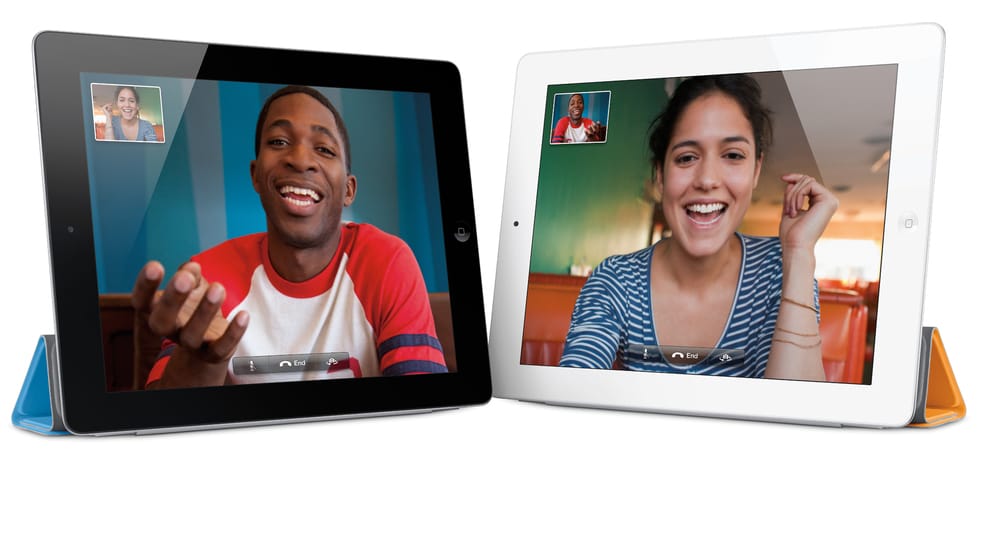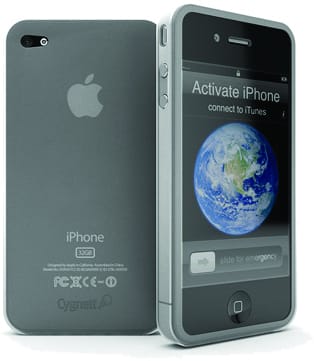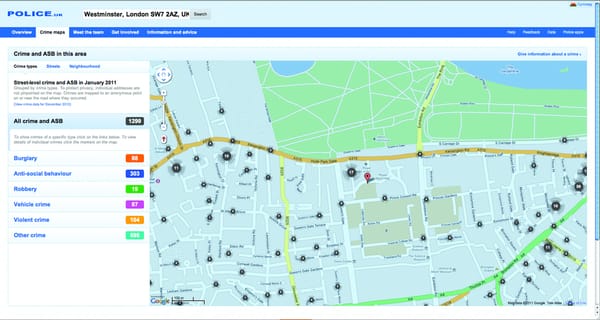iPad 2 blows away rivals
Alternative tablets have nothing on Apple's latest offering

If preliminary reactions are anything to go by, it appears that Apple might have pulled another winner out of the bag with the newly released successor to the original iPad. The fully upgraded model has been garnering some serious attention from reviewers over the week, with the almost unanimous conclusion being that the device delivers exactly what was promised on the tin, if not more.
With many reviewers having stripped the tablet down to its innards, it’s been found to pack a 900 Mhz dual-core ARM chip and another dual-core processor in the form of Imagination Technologies’ GPU. The integrated performance of both chips has managed to blow away standard benchmarks used for judging graphics performance, both when compared to the original iPad and to other similar competition.
Reviewers are so far reporting that the latest incarnation of the slate manages anywhere between 50–65 frames/second under the GLBenchmark for graphical performance. This is in comparison to the original iPad’s performance of between 15-20 frames/second and the Motorola Xoom’s 25-30 frames. Admittedly, the Xoom is running on a slightly higher resolution than the iPad 2, but the figures indicate a performance gap that can’t be explained by the fewer pixels on screen.
The latest reviews will be worrying for Apple’s competitors
The latest reviews will be worrying for Apple’s competitors. Unlike the mobile market, where Android handsets have proved more than able to match and improve upon Apple’s iPhone, there has been little to indicate that they have anything new to offer in the tablet market, despite having a year to plan a response.
For much of 2010, the iPad was the only viable option for those looking for a quality tablet. While many Windows tablets were announced at trade fairs, there were none to be seen on sale; Android tablets proved relatively numerous but also relatively poor, seeming largely like outsized Android handsets (to a much greater extent than the iPad).
Early 2011 brought announcements of Motorola’s Xoom slate, the first tablet that would sport Android’s tablet-oriented Honeycomb OS. Powered by a dual-core chip and some highly promising graphics, there was high expectation that the device could finally be a worthwhile response to the iPad.
Yet any progress the Xoom has made has probably been undone over the last few weeks. The device was more expensive than most reviewers were expecting and on the back of the quality performance by the iPad 2, including the addition of the cameras the device was sorely lacking before, it’s hard to see why customers looking to buy a tablet wouldn’t choose Apple.
The increased graphical performance of the iPad also means that the devices have more to offer gamers, with the larger screen giving a much wider range of interface options for developers, now with the ability to display pretty pictures too. It’s definitely not the focus of the device, but it will be interesting to see how quickly developers pick up on the possibilities of the platform.
It’s not all doom and gloom for the Xoom though: with 4G capabilities and working Flash on the way, it’s still got much to offer that the iPad doesn’t. Apple’s App Market and software distribution system still suffers from the same lock-in problems that Android doesn’t, and Android keeps it’s usual edge on customisability.
The issue of picking between the tablets seems to boil down to the regular question of freedom versus user experience. The iPad 2 appears to have been tailored for a quick and neat user experience, with enough similarity to the old iPad to keep the learning curve shallow yet enough behind-the-scenes improvements to deliver a noticeably better experience. The competition is going to have to do a lot better before they can even consider wooing consumers away from Apple.









